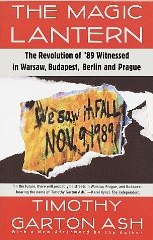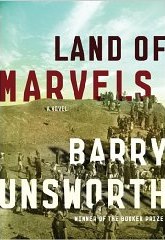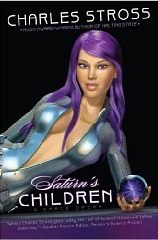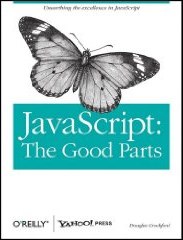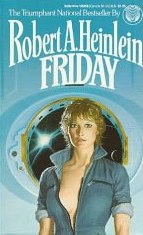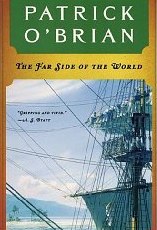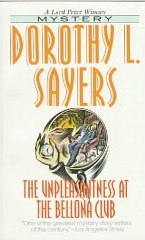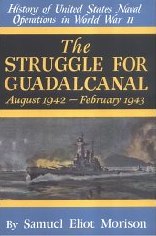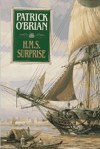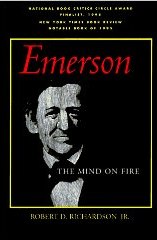I loved Heinlein when I was in high school. Sure, I was already anxious about his politics, but in fact he seemed to be catching up with the world, repudiating his old right-wing leanings. He sure could spin a tale, and his ideas about the social order of the future were awfully intriguing.
Then I went to college, where I and all my best friends learned how complicated a really complicated communal life could be.
But the new Stross is based in some way on Friday, and by the time this novel appeared in 1982 I was too busy learning at first hand to have a lot of time for Heinlein. And, let’s face it, though Stross is right that the big late Heinlein’s are special, they’re also creepy, filled with wise and handsome old sages in bed with beautiful daughter figures.
And then, of course, came the plague; late Heinlein is all about the joys of sleeping with people, and Friday was published in the year AIDS was recognized.
If Stross’s The Jennifer Morgue is an explicit romp in the world of Bond, Friday is a Strossian inversion: the eponymous heroine is a Bond girl with a gender switch, who beds handsome old men instead of glamorous Bond girls. (She beds lots of young women, too) We start with an action scene just to get things moving and show us how skilled our heroine is – and how dedicated her organization is to saving her – and then check in with HQ for buckets of exposition. (The opening action scene includes a rape that is now beyond the pale; since I still want to think Three Days Of The Condor is a terrific movie even despite its abduction, forgiving it because they just didn’t know better, I think Heinlein gets a pass here. Barely.)
The catch about Friday is that she’s an Artificial Person, a Living Artifact. She’s bio-engineered, and essentially all earth societies have decided that Artificial People aren’t really people. This seems strange today; she's not a robot, she’s just in vitro. But we’re also supposed to take it in stride when a New Zealand family disowns their 20-something daughter for marrying a Tongan, because Tongans aren’t white and, while Maori are treated as white, Tongans aren’t Maori either. Things were different, then, and perhaps Heinlein himself was falling a decade or so behind the times. The effect, really, is like watching Guess Who’s Coming To Dinner in modern dress; if you don’t remember the time, you begin to wonder what everyone is fussing about.
February 16, 2009 (permalink)
